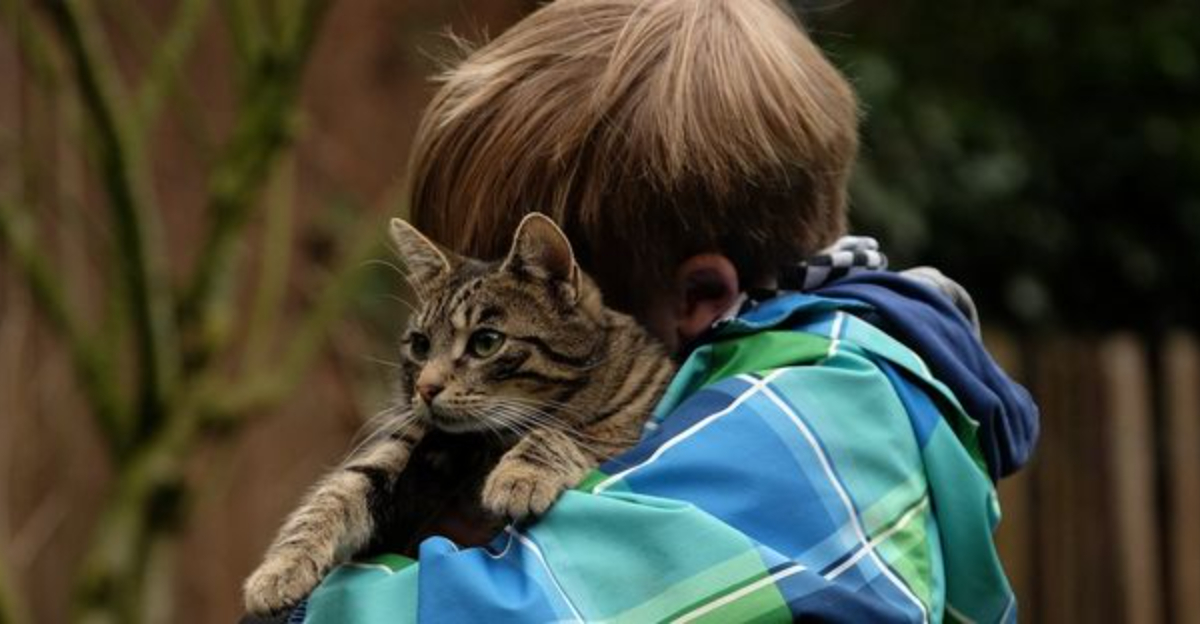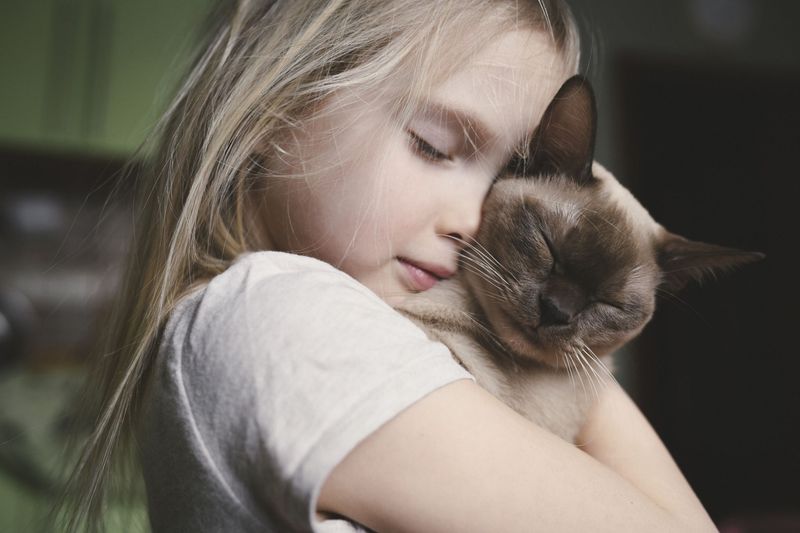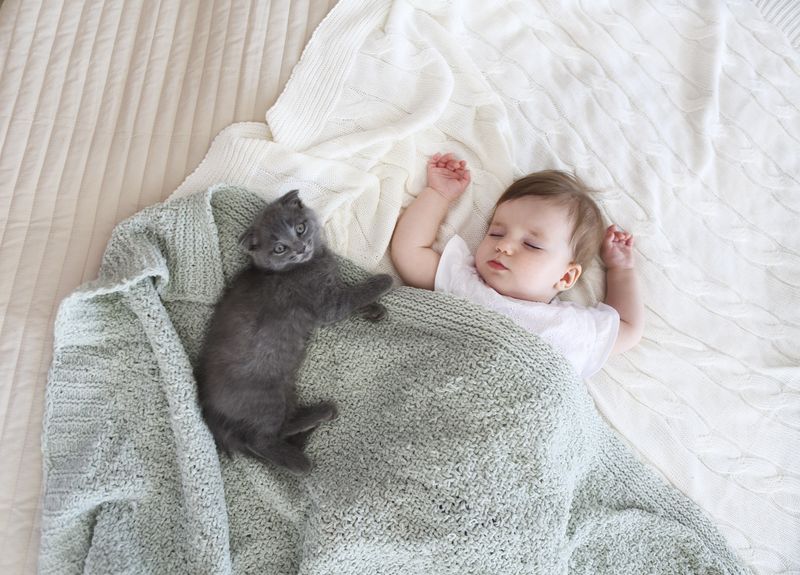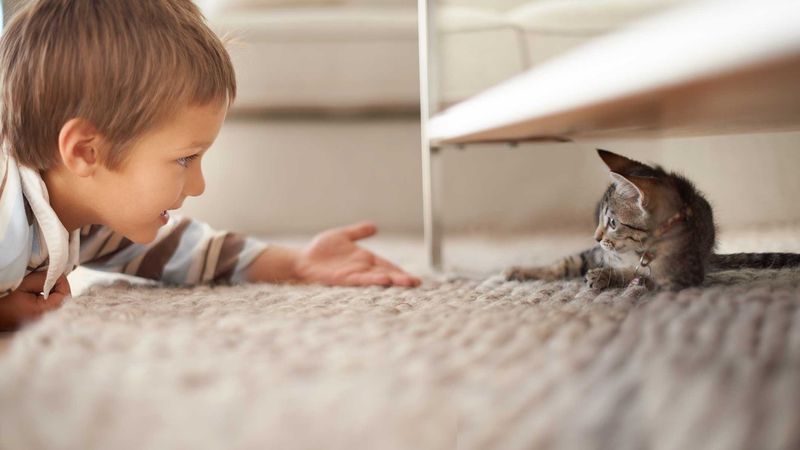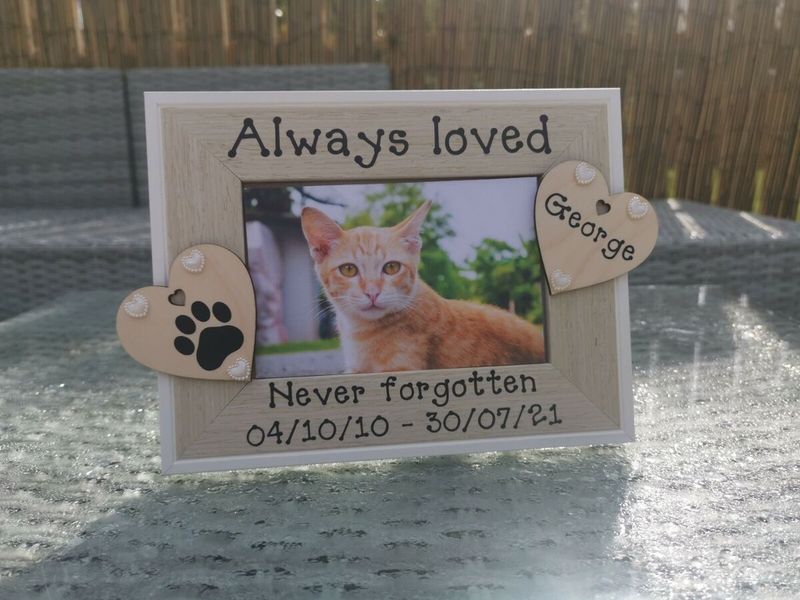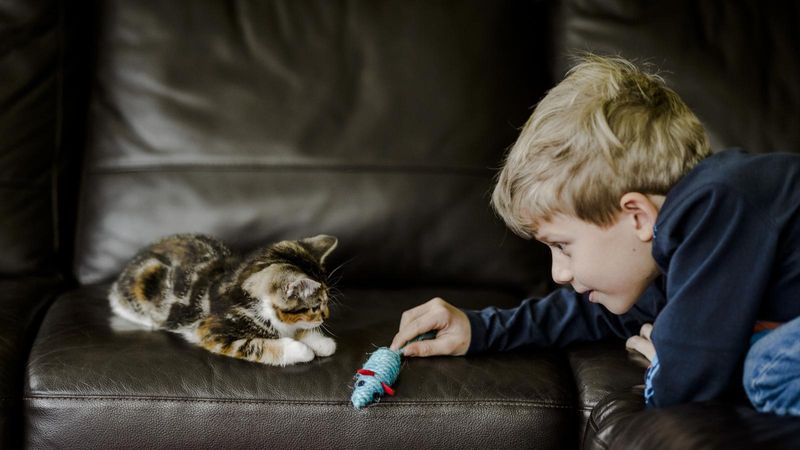📖 Table of Content:
- 1. It’s okay to feel sad.
- 2. Your cat knew how much you loved them.
- 3. Your cat isn’t hurting anymore.
- 4. You gave your cat a happy life.
- 5. It’s okay to cry or talk about your feelings.
- 6. You can always remember your cat in special ways.
- 7. You’re not alone — I feel sad too.
- 8. It’s okay to smile and have fun, even when you’re sad.
The loss of a beloved cat can be a heartbreaking experience for the entire family — especially for children. Cats often become constant companions, playful friends, and comforting presences in a child’s world. When that bond is suddenly broken, kids may struggle to understand what has happened and how to deal with the emotions that follow.
Children often process grief differently than adults. They may ask questions repeatedly, seem fine one moment and devastated the next, or even blame themselves. During this fragile time, the words parents and caregivers use can bring either reassurance or confusion. It’s important to speak with compassion, clarity, and honesty while also meeting your child at their emotional level. The goal is not to “fix” their sadness but to help them feel safe and supported as they experience it. Talking openly about the loss also teaches them that it’s okay to grieve and remember those they love.
If your family has recently said goodbye to a cat, here are eight things your child may need to hear. These messages can help them feel seen, understood, and comforted through the grieving process.
1. It’s okay to feel sad.
Let your child know that their feelings are completely normal. Grief is a natural response to losing someone they loved deeply. It’s essential to provide a safe space for them to express their emotions without fear of judgment or dismissal. Children might feel overwhelmed by their sadness, and it’s crucial to remind them that it’s okay to feel this way. Acknowledging their emotions helps them process their grief in a healthier manner. Encourage them to talk about their feelings openly, ensuring they understand that sadness is part of healing.
2. Your cat knew how much you loved them.
Remind your child that their bond with their cat was meaningful and filled with love. This reassurance can help ease any feelings of guilt or regret they might have. Let them know that their cat felt their affection and companionship, which was invaluable during its life. This understanding can bring peace of mind and comfort to your child. By emphasizing the importance of their relationship, you help them cherish the beautiful memories and recognize the impact of their love.
3. Your cat isn’t hurting anymore.
Explaining that their cat is no longer in pain can bring comfort, especially if the cat had been sick or elderly. It’s important to convey this message gently, allowing them to find solace in knowing their beloved pet is at peace. Children often worry about the suffering of their pets, so reassuring them that their cat isn’t hurting anymore can alleviate these concerns. This understanding can help them release some of their sadness and focus on the joyful times they shared, remembering the happy moments.
4. You gave your cat a happy life.
Reassure your child that they were a wonderful friend to their pet, providing love and happiness throughout its life. This affirmation gives them a sense of peace and pride in their role as a caregiver. Emphasize the joy and companionship they offered, which enriched their cat’s life in unimaginable ways. Recognizing their positive impact can help them heal and move forward. By focusing on the happiness they provided, you encourage them to celebrate the life they shared, nurturing fond memories and gratitude.
5. It’s okay to cry or talk about your feelings.
Encourage open expression of emotions by letting your child know it’s perfectly okay to cry or talk about their feelings. Assure them that you’re there to listen whenever they need to talk. This supportive approach fosters a healthy emotional environment where your child feels safe to express their grief. It’s important for them to know that expressing emotions is a vital part of the healing process. Openly discussing their feelings can help them understand and process their emotions, leading to better emotional resilience in the future.
6. You can always remember your cat in special ways.
Suggest creative methods to remember their cat, such as drawing pictures, telling stories, or making a memory box. These activities can help your child process their grief constructively. By engaging in these remembrance activities, children can cherish the time spent with their pet and celebrate the love they shared. These actions help create a lasting tribute, offering comfort and a sense of continuity despite the physical loss. Encourage them to find ways to keep the memory alive in their own unique way.
7. You’re not alone — I feel sad too.
Sharing your own emotions with your child demonstrates that it’s okay to be vulnerable. It also builds a strong connection during this difficult time and shows them that they are not alone in their grief. Expressing your sadness can validate their feelings, making them feel understood and supported. It’s essential for children to know that they’re not bearing the emotional burden by themselves. This shared experience of grief can strengthen your bond with your child, fostering a sense of togetherness and mutual support.
8. It’s okay to smile and have fun, even when you’re sad.
Help your child understand that joy and grief can coexist, and it’s okay to smile and enjoy moments even when they feel sad. Reassure them that having fun doesn’t mean they’ve forgotten their beloved cat. Encouraging them to participate in enjoyable activities can provide a healthy distraction, promoting emotional balance. This understanding helps them navigate their grief without guilt, learning that life continues and joy is still possible. By supporting this perspective, you assist them in finding moments of happiness amidst their sorrow.
